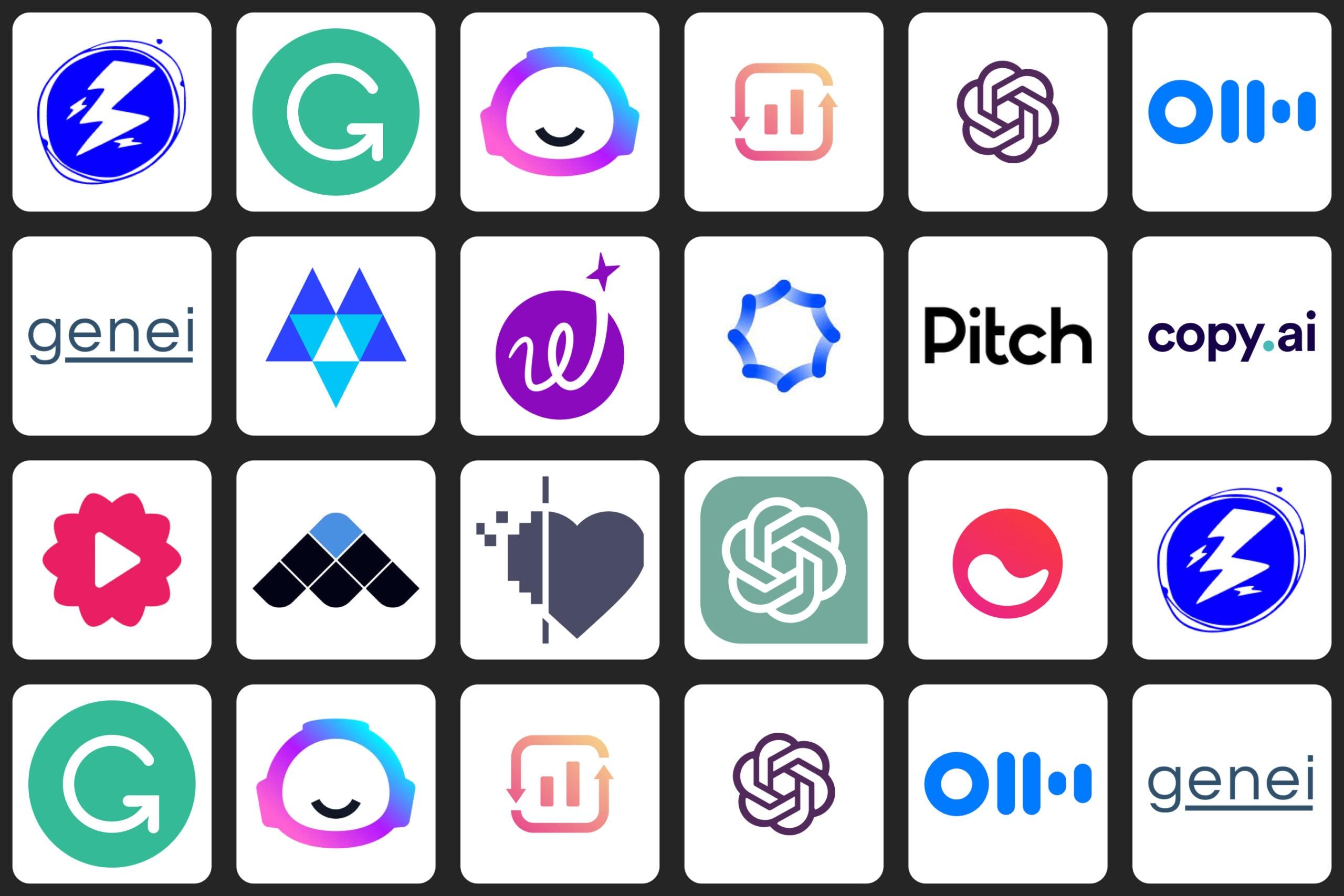In a rapidly evolving technological landscape, the promise of generative artificial intelligence (AI) is juxtaposed against a backdrop of corporate caution and financial anxiety.As CEOs face unpredictable factors such as tariffs and workforce reductions, the conversation around investing in generative AI has shifted towards demanding tangible returns on investment (ROI). A recent survey of Fortune 500 executives revealed a troubling statistic: 71% reported that their generative AI initiatives have fallen short of expectations, prompting questions about the underlying challenges in realizing this transformative technology’s potential. Many companies appear to be grappling with outdated software development cycles that hinder effective collaboration between IT and business units.Highlighting the urgency of this issue, industry experts advocate for innovative approaches that prioritize user productivity and effective data utilization, positioning themselves apart in a crowded marketplace. As the excitement around generative AI continues to grow, the need for strategic solutions that truly integrate into enterprise operations has never been more critical.
Understanding CEO Perspectives on Generative AI and Enterprise Needs
Adapting to the rapid advancements in generative AI hinges on understanding the unique perspectives of CEOs from diverse sectors. Many leaders recognize that while cutting-edge technologies promise enhanced productivity, the implementation and integration into existing frameworks present significant challenges. CEOs are increasingly aware that a successful generative AI strategy must encompass not only the technology itself but also the cultural and operational shifts required within their organizations. They are advocating for cross-functional teams that can navigate the complexities of AI adoption and leverage it for strategic advantages. Moreover, there is a push towards fostering a culture of experimentation, where teams feel empowered to test AI solutions without the fear of immediate failure.
The dialog surrounding AI is shifting from speculative discussions to actionable insights. CEOs are keen on examining how generative AI can meet specific enterprise needs and enhance operational efficiency, leading to more pragmatic investment decisions. Key areas of focus often include:
- Enhancing customer experience through personalized interactions
- Streamlining internal processes to reduce redundancy and accelerate workflows
- Utilizing AI-driven analytics to inform strategic decision-making
By centering their strategies on measurable outcomes, business leaders aim to harness the true power of generative AI and ensure that it serves as a catalyst for sustained growth and innovation.
Navigating the ROI Challenges in AI Deployments
One of the primary obstacles companies face in AI implementations is the difficulty in quantifying the value generated by such initiatives. Traditional metrics frequently enough fall short, as the benefits of AI can manifest in intangible ways, such as improved employee morale or enhanced creativity, which are not easily measurable in financial terms. Organizations are increasingly seeking innovative measurement frameworks that capture both the direct and indirect impacts of AI. This requires leaders to rethink not only their success metrics but also the timeframes in which they evaluate these investments, moving beyond immediate returns to consider long-term strategic advantages. Embracing methodologies that allow for an iterative assessment process can help businesses adapt quickly and realign their AI strategies as needed.
The integration of AI technology into existing workflows also poses significant ROI challenges. Many enterprises struggle with legacy systems that are incompatible with modern AI solutions, leading to delays and increased costs.To mitigate this,companies are encouraged to invest in scalable platforms that can seamlessly integrate with their operations. Another crucial aspect is the requirement for ongoing training and support for employees to maximize AI’s potential; without proper guidance, the technology may not be utilized to its fullest extent. Executives must prioritize creating an environment that supports continuous learning and adaptation, ensuring that teams are equipped not only to implement AI tools but also to leverage them effectively in their day-to-day tasks.
The Legacy Software Barrier: Why Many AI Initiatives Fail
Legacy systems can severely restrict the potential of AI initiatives within an organization. These outdated platforms typically lack the agility and interoperability necessary to integrate with advanced AI technologies, resulting in inefficient processes and wasted resources. Many companies find themselves in a predicament where their legacy infrastructure creates silos, preventing vital data from flowing freely across departments.As executives attempt to innovate, the constraints of these aging systems can inhibit the adoption of AI, leaving organizations at a competitive disadvantage. The disjointed nature of these systems often leads to challenges in data quality, further complicating the deployment of AI models that rely heavily on high-quality inputs.
The gap between modern AI capabilities and legacy software is widening, emphasizing the need for organizations to reassess their technological frameworks. To avoid stagnation, businesses are encouraged to prioritize rapid modernization efforts that enable smoother AI transitions. Key strategies include:
- Conducting comprehensive audits of existing systems to identify bottlenecks
- Investing in modular technologies that can function alongside legacy software
- Implementing change management practices to facilitate smoother transitions
By addressing these underlying structural limitations, companies can lay the groundwork for meaningful AI adoption, fostering an environment where these advanced technologies can thrive and drive considerable productivity improvements.
Strategies for Effective Collaboration Between IT and Business
Effective teamwork between IT and business is foundational in harnessing the potential of AI for productivity enhancements. To achieve this,organizations should foster an environment of open dialogue,where both teams engage in regular dialogue to share insights and requirements.Establishing cross-departmental workshops can be an effective strategy for breaking down silos and building mutual understanding of objectives and challenges. Additionally, leveraging agile methodologies can prove beneficial, enabling teams to work collaboratively on projects in iterative bursts, which allows for swift adjustments based on feedback and changing business needs. This approach not only enhances the adaptability of AI solutions but also fosters a culture of shared ownership in the outcomes.
Implementing robust governance structures is also essential for ensuring alignment between IT and business goals. Companies should consider developing a joint task force that includes stakeholders from both areas, tasked with overseeing AI initiatives and ensuring they are strategically aligned with business objectives. This governance body can definitely help in prioritizing AI projects based on impact potential,while also setting clear metrics for success. Moreover, establishing a transparent feedback loop where both IT and business teams can assess progress collaboratively will enable continuous improvements and optimization of AI applications. Encouraging shared accountability in achieving productivity outcomes can strengthen the collaboration further, leading to successful AI integrations into everyday business practices.























